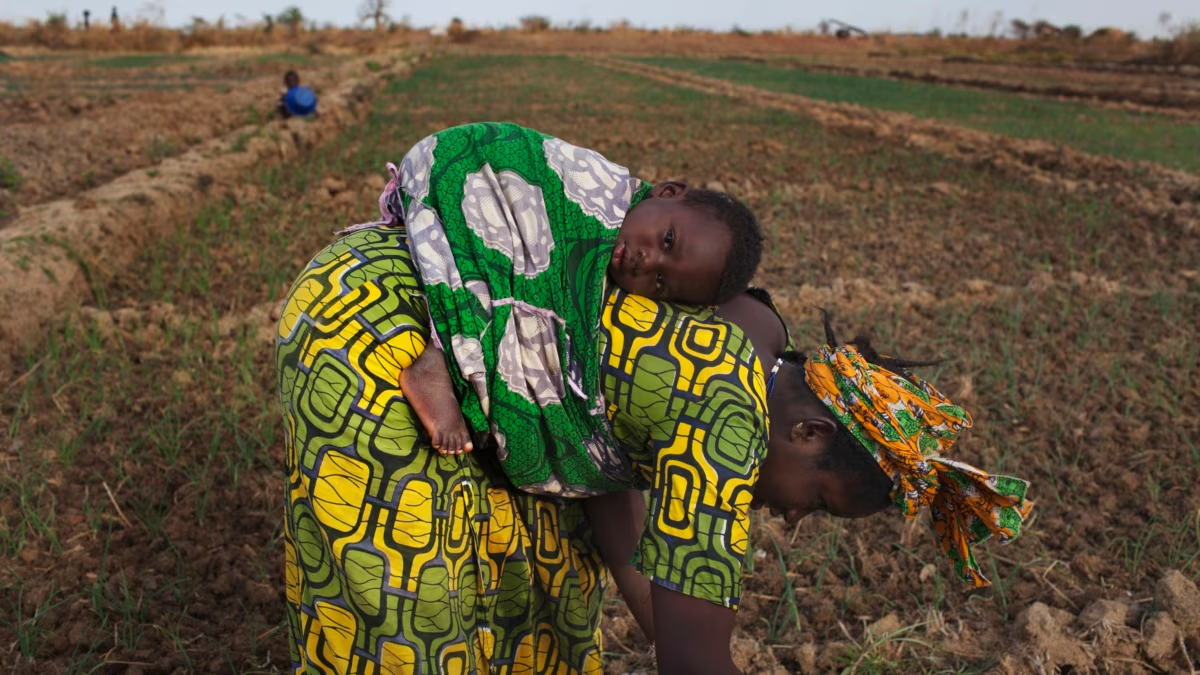How Smallholder Farmers in Rural Kenya are Weathering the Consequences of the Pandemic
The lockdowns and curfews instituted by the government in March and April 2020 to contain the spread of Covid-19 chocked-off farmers access to supplies and demand for their produce. Further, these restrictions prevented farmers from accessing market places to sell their produce.

The world turned to digital technologies to continue communicating, socializing and working during the pandemic. Farmers were not left behind, they have increasingly turned to digital tools to survive the pandemic. Agricultural digital services providers reported a surge in growth in customer numbers during the pandemic. DigiFarm, a free integrated mobile platform for digital services targeting farmers by Safaricom reported signing most of its members during the pandemic while Twiga Foods an agricultural B2B e-commerce platform saw a jump in the number of farmers using its digital platform Soko Yetu to sell their produce during the pandemic[1].
Farmers turned to digital tools during the pandemic to access; high quality certified inputs at an affordable price, credit for inputs, market for their produce, animal and crop insurance and information on best farming practices. Digital tools and e-commerce have been found to raise income of smallholder farmers, increase crop output, support food security, increase market efficiency along agricultural value chains and create new jobs and business opportunities in farming and related sectors[2]. The increased use of digital technologies by Kenyan rural farmers during the pandemic increased their resilience and lessened the effects of the pandemic on farmers’ income.
The increasing adoption of digital technologies by rural farmers has exposed flaws in digital agriculture innovations. Key bottlenecks preventing scaling up of digital technologies to serve farmers in rural areas include; lack of adequate physical infrastructure including roads and electricity, low mobile and internet coverage in rural areas, shortage of logistic facilities and services and lack of knowledge by farmers on how to use digital tools. Governments in cooperation with development partners and the private sector need to address these bottlenecks for rural farmers to fully benefit from digital technologies.
Farmers reduced farm inputs or used cheaper alternatives following reduction incomes as a result of lower produce prices. The cheaper alternatives used included using manure instead of fertilizers and recycling seeds. Some farmers reduced acreage under cultivation to cut costs and due to muted demand. A survey by 60_Decibels[3] found that the biggest adjustment by farmers was the reduction of hired labor, 51% of the farmers surveyed reduced the number of informal laborers employed. Farmers replaced the hired labor with family labor.
Farmers resorted to savings, credit and sale of productive assets to cope with reduced income. Farmers relied on more risky coping strategies such as borrowings from friends and digital loan apps as their savings were depleted. A survey by Microsave Consulting[4] found that only 7% of the farmers surveyed had received direct support from government to cope with the effects of the pandemic. Farmers also sought new ways to diversify their income sources including engaging in new farming activities, establishing new ventures and offering day labor services to other farms.
Smallholder farmers are yet to recover from the effects of Covid-19, this is evidenced by the contraction of the agricultural sector by 0.9%[5] in the second quarter of 2021 despite the overall economy growing by 10.1%. In the short term there is a need for government and development partners to provide financial support to farmers, this can take the form of direct cash transfers or provision of vouchers for subsidized inputs especially fertilizers and seeds. In the long term there is need to implement strategies to scale up digital technologies in the agriculture value chain, adoption of long-term risk mitigation strategies such as insurance, diversification of agriculture, support for farmer’s organizations such as cooperatives, increase farmers access to credit and invest in last mile connections. Implementation of these and other strategies will raise farmers’ income, increase agricultural production and ensure resilience and sustainability of the agriculture value chain.
[1] Thomson Reuters Foundation, Kenyan farmers tap apps to ride out COVID-19 and climate storm, 30 June 2021.
[2] Mckinsey & Company, How digital tools can help transform African agri-food systems, 2021.
[3] 60_Decibels, Things we learned from Kenyan Farmers during Covid-19, October 2021.
[4] Microsave Consulting, Impact of the COVID-19 pandemic on farmers, Kenya Report, October 2020.
[5] Kenya National Bureau of Statistics, Quarterly Gross Domestic Product Report, First & Second Quarter 2021, October 2021.















Leave a Reply